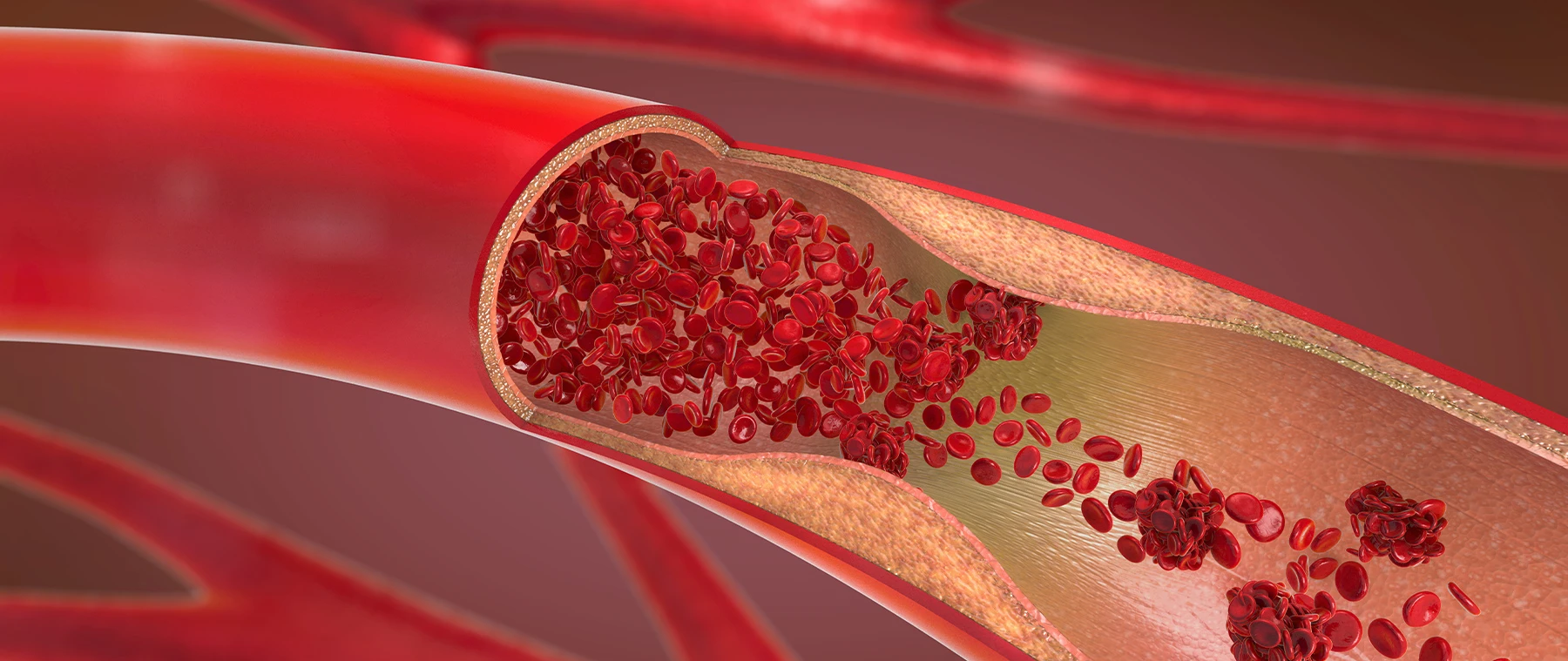Peripheral Vascular MRA
Imaging test lets doctors look inside blood vessels.
What to expect
Bring any paperwork associated with stents or metal that were placed in your body
- A sophisticated imaging test of blood vessels.
- Receive an accurate diagnosis.
Proper Diagnosis Can Lead to Treatment That Eases Leg Pain
Peripheral vascular disease (PVD) is a circulation disorder that occurs when arteries and veins become narrow, restricting blood flow to certain parts of the body. It often results in cramping, pain and fatigue in the legs, especially during exercise.
The Peripheral Vascular MRA Procedure
-
PVD affects approximately 10 million people in the U.S., many of them over age 50. Despite the extreme discomfort that can be caused by the condition, fewer than a quarter of sufferers receive treatment. Many patients mistakenly believe that the symptoms are a normal part of aging.
-
At Main Street Radiology, we diagnose PVD with Magnetic Resonance Angiography, a sophisticated imaging test that lets doctors look inside a patient's blood vessels. An accurate diagnosis can help the patient's medical team devise a treatment plan.
Case History: A 72-year-old woman reported bilateral calf and foot pain while walking. She was referred to Main Street Radiology for Magnetic Resonance Angiography (MRA) of the abdomen, pelvis and lower extremities.

Figure 1

Figure 2

Figure 3
Findings: Anterior MRA images (Figure 1) show moderate focal stenosis of the distal aorta (Arrow #1). The right iliac arteries are occluded (Arrows #2). There is occlusion of the left superficial femoral artery (Arrow #3). The left popliteal artery is reconstituted just below Hunter's Canal and is mildly stenotic (Arrow #4).
Lateral MRA image of the right calf and foot (Figure 2) shows single-vessel runoff via a widely patent peroneal artery (Arrow #5), which supplies the posterior tibial artery via a collateral (Arrow #6). It fills the dorsalis pedis and distal anterior tibial artery (Arrow #7) in a retrograde fashion via a patent pedal arch. The anterior and posterior tibial arteries are occluded in the calf.
Anterior images (Figure 1) show two vessel runoff on the left side via the peroneal and posterior tibial arteries (Arrow #8). Lateral MRA image of the left calf and foot (Figure 3) shows patent but attenuated plantar arteries (Arrow #9) and occluded dorsalis pedis (Arrow #10).
Discussion: The most common symptom of PVD is reproducible painful cramping in the legs or buttocks, particularly when walking, that resolves with rest (claudication). Other symptoms include numbness, tingling, burning, cold leg or foot, as well as skin breakdown and non-healing ulcers or infections. The risk factors include: age over 50, smoking, diabetes, obesity, lack of exercise, hypertension, and high cholesterol. Patients can often be treated using percutaneous techniques.
Peripheral MRA is performed routinely at Main Street Radiology on our high-field magnet using the latest 3D dynamic and time-resolved protocols. With time-resolved MRA, multiple images are sequentially acquired at 10-second intervals. After 3D post-processing, the subsequent images are very similar to a conventional angiogram. The entire exam takes less than 40 minutes and is non-invasive. It does require an IV injection of gadolinium, which is not nephrotoxic.
Already Scheduled for An MRI?
Already Scheduled for An MRI?
Learn how to prep for your medical procedure.
Five convenient locations
Schedule an Appointment
Online
Fill out this form and we'll contact you as soon as possible. Please do not include any personal or financial information when using this form.
By Phone
Call or text to schedule an appointment. You may text us any required information (name, date of birth, and a picture of your prescription.) and a scheduling representative will be in touch.
- Call Us: (718) 428-1500
- Text Us: (929) 430-2761
HOURS
Monday-Friday: 8 a.m. to 8 p.m
Saturday: 8 a.m. to 4 p.m.
Sunday: 8 a.m. to 2 p.m. (Flushing Office Only)

